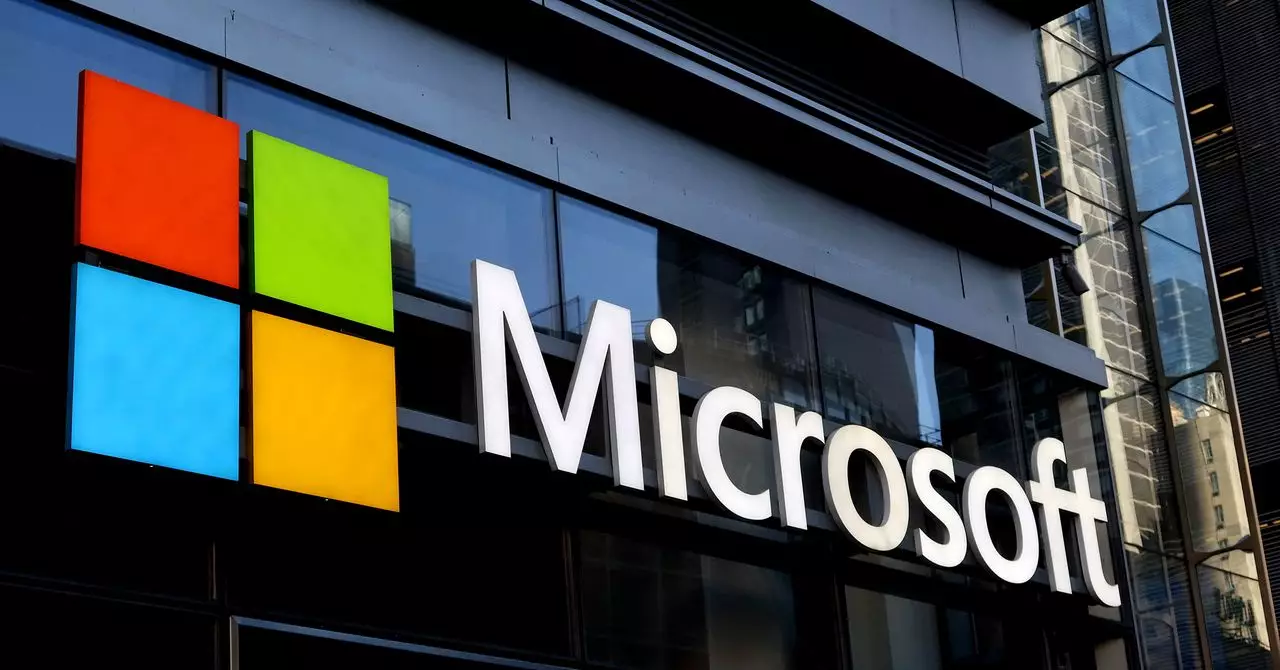In a bold leap toward transforming medical diagnostics, Microsoft has unveiled an innovative AI system that dramatically outperforms human doctors in diagnosing diseases. This development doesn’t merely represent incremental progress; rather, it signals a paradigm shift in how artificial intelligence can collaborate with clinical processes to elevate healthcare. Unlike earlier AI tools that addressed limited medical functions, Microsoft’s system mimics the intricate, multi-step reasoning physicians use to arrive at a diagnosis. This approach brings us closer to what Mustafa Suleyman, CEO of Microsoft’s AI division, calls “medical superintelligence” — an AI capable of integrating complex data and reasoning akin to expert clinicians.
Orchestrating AI Minds: The MAI Diagnostic Orchestrator
The real innovation lies in the orchestration of multiple AI models into a unified decision-making engine, aptly named the MAI Diagnostic Orchestrator (MAI-DxO). Instead of relying on a single AI, this system harnesses the strengths of several cutting-edge models — including OpenAI’s GPT, Google’s Gemini, Anthropic’s Claude, Meta’s Llama, and xAI’s Grok. By emulating a collaborative panel of medical experts debating and cross-examining symptoms, test results, and patient history, the orchestrator achieves far superior diagnostic accuracy. This multi-agent methodology not only boosts accuracy but also intelligently recommends cost-effective tests and procedures, highlighting AI’s potential to reduce the financial burden of healthcare.
From Benchmarking to Real-World Promise
The team at Microsoft rigorously tested their creation using 304 detailed case studies from the New England Journal of Medicine via a newly designed Sequential Diagnosis Benchmark (SDBench). This benchmark simulates the sequential clinical reasoning and investigative steps that doctors undertake in a real diagnosis. Impressively, the MAI-DxO system achieved an accuracy rate of 80%, quadrupling the 20% accuracy rate of human physicians in this context. Not only does this indicate a superior ability to identify diseases accurately, but it also demonstrates how AI can minimize unnecessary expenditures—an essential factor given the chronic high costs of healthcare in many countries, especially the US.
Addressing Challenges: Bias and Practical Integration
Despite these breakthroughs, integrating AI into healthcare is not without obstacles. One persistent and thorny issue is dataset bias, which can skew AI predictions if the training data disproportionately represents certain demographics. This bias threatens to exacerbate existing healthcare inequalities if not correctly addressed. Microsoft’s researchers must carefully guard against this by diversifying training sources and continuously auditing the AI’s decisions in clinical settings. Moreover, while Microsoft has not yet committed to full commercialization, the prospect of embedding this diagnostic technology into widely used platforms such as Bing could democratize access to preliminary health information, potentially empowering users to seek timely care.
The Talent Race Fuels Rapid Innovation
Microsoft’s accelerated progress was bolstered by strategic hires, notably recruiting top AI researchers from Google. This talent acquisition underscores the intense competition within the tech industry to secure leadership in AI breakthroughs. Suleyman’s own transition from Google to Microsoft exemplifies the fluid movement of expertise driving innovation forward. This competitive environment is beneficial as it accelerates the creation of technologies that can change industries—and in this case, potentially save lives.
Why This Matters Beyond Technology
What some might dismiss as merely another AI feat carries profound implications. The design of a tool that can reason through complex medical conditions, propose cost-effective diagnostics, and potentially collaborate with human clinicians signals a future where healthcare is more accurate, efficient, and accessible. With chronic ailments and strained medical infrastructures worldwide, such AI-powered diagnostic assistance could alleviate physician workloads and reduce costly diagnostic errors. However, it also presses ethical questions related to reliance on AI, the transparency of AI-generated recommendations, and the need for ongoing human oversight.
Microsoft’s current focus on real-world testing over the coming years reveals a commitment to cautious integration rather than hype-laden deployment. This responsible approach might be the key to ensuring AI’s place in healthcare is both transformative and trustworthy. The journey toward medical superintelligence is still unfolding, but Microsoft’s pioneering work demonstrates that harnessing diverse AI minds together is not only feasible—it’s essential for the future of diagnostics.

